Kamchatka-Kurile Meadows and Sparse Forests
The ecoregion’s land area is provided in units of 1,000 hectares. The conservation target is the Global Safety Net (GSN1) area for the given ecoregion. The protection level indicates the percentage of the GSN goal that is currently protected on a scale of 0-10. N/A means data is not available at this time.
Bioregion: Sea of Okhotsk Coastal Taiga, Meadows & Tundra (PA6)
Realm: Subarctic Eurasia
Ecoregion Size (1000 ha):
14,677
Ecoregion ID:
713
Conservation Target:
82%
Protection Level:
2
States: Russia
In the land of ice and fire, this is the ecoregion of birds and seals. Five million seabirds nest along the abundant coastline and 100,000 breeding fur seals flock to the Kurile Islands each year. Steller’s sea eagles patrol the coast in summer, binge on dead salmon in the autumn, and move to inland rivers, fed by volcanic hot springs, during the long winters. Inland, stunted forests and meadows of giant plants are home to the largest brown bears in the world.
The Kamchatka-Kurile Meadow and Sparse Forests ecoregion is generally found from sea level to 900 m or, in central Kamchatka, as a zone between 350–800 m. Karaginsky Island, the northern Kurile Islands, and the Commander Islands are also included. The mean annual temperature is -2–2°C, with monthly averages of -10–13°C. Cyclones bring damp Pacific air, causing annual precipitation of 900–1,400mm, distributed quite equally throughout the year. High humidity, low temperatures, a short growing season, and extremely heavy snowfall create unique ecological conditions.
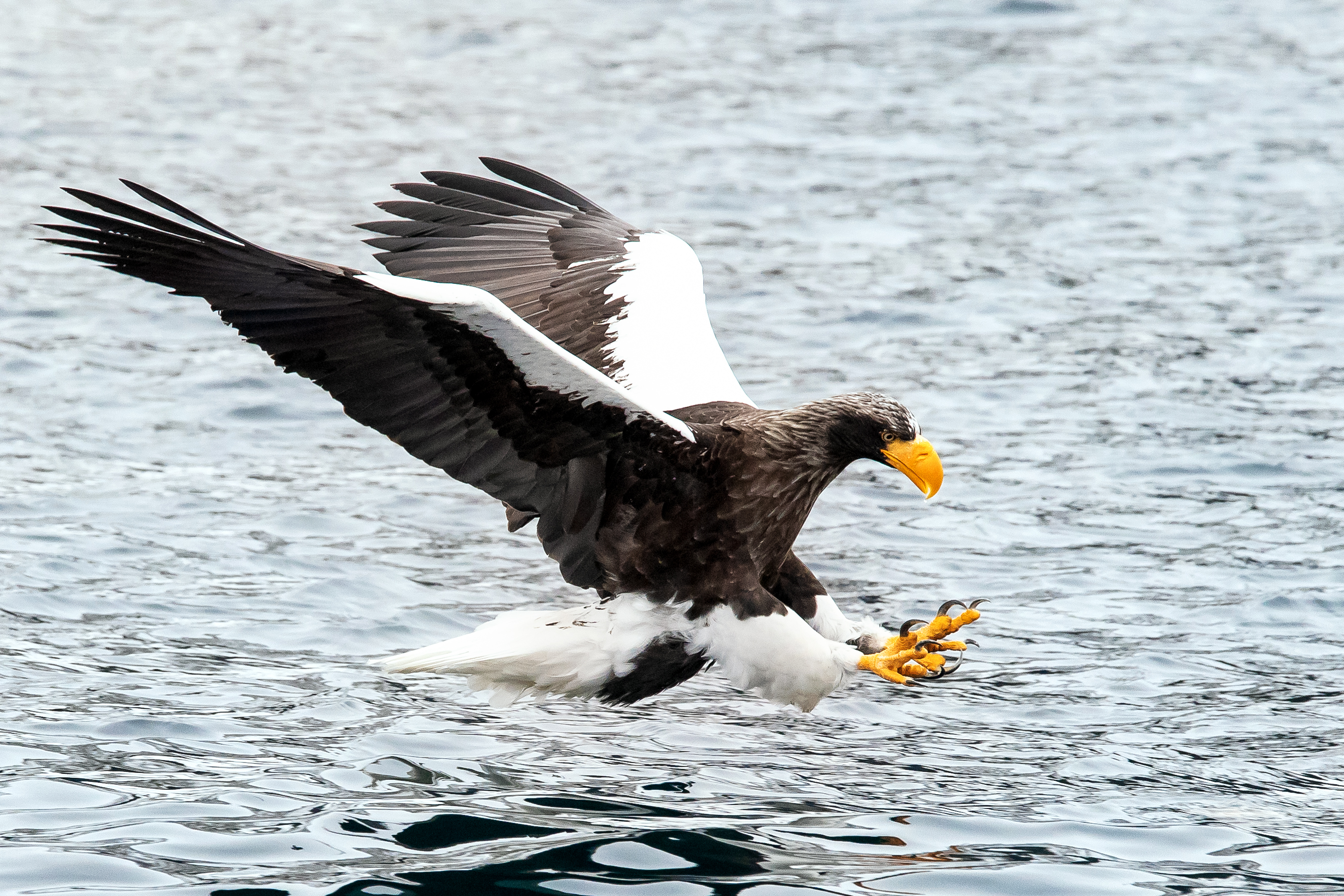
The flagship species of the Kamchatka-Kurile Meadows and Sparse Forests ecoregion is the Steller's sea eagle. Image credit: Creative Commons
Meadows cover much of the wetland landscape on the west coast, and in areas where deep snow accumulates and melts late in springtime. In these meadows, giant meadowsweet, Angelica ursina, and Parasenecio hastatus can reach over 3 m in height. Thickets of dwarf Siberian pine are found along the west coast, and thickets of Siberian alder on the steeper east coast. In areas above these a forest zone is dominated by Erman’s birch. River valleys hold forest and scrub of Mongolian poplar, Sachalin willow, and chosenia.
Endemic plants include Aconitum woroschilovii, Oxytropis littoralis, Taraxacum rufum, and Thymus novograblenovii. The main vegetation on the Commander Islands is heath tundra with patches of bog and meadow. Shrubs of felt-leaf, Sachalin, and Arctic grey willow and Siberian alder occur along rivers and ravines. There are no trees. The northern Kuril Islands mainly have shrubs of Siberian alder, Siberian pine and Siberian mountain ash with plentiful northern buckler fern. Sachalin willows are the only trees. Meadows composed of giant meadowsweet, Aleutian ragwort, and giant Japanese butterbur grow where the snow melts late.
The importance of the ecoregion for nesting seabirds cannot be overstated. Every year, a staggering 5 million birds of over 30 species rely on the coastal cliffs and islands to raise their chicks, including vulnerable Leach’s storm petrol, Aleutian tern and red-legged kittiwake. Significant populations of Steller’s sea eagle, bean goose, and Emperor goose are found and rustic bunting nest in the abundant scrub. The coasts are also vital for endangered sea otters and there are major breeding grounds (rookeries) for the vulnerable northern fur seals and Steller sealion. The rivers provide globally important spawning grounds for pink, keta, coho, sockeye and chinook salmon—major sources of food for the particularly large brown bears of the ecoregion.
Large areas of the ecoregion’s forests remain intact. With places such as the Utkholok RAMSAR wetland, the Commander Islands Zapovednik, and Juzhno-Kamchatskiy Nature Park, the ecoregion has an established network of protected areas. However, there are issues with management as control is split between federal and local governments.
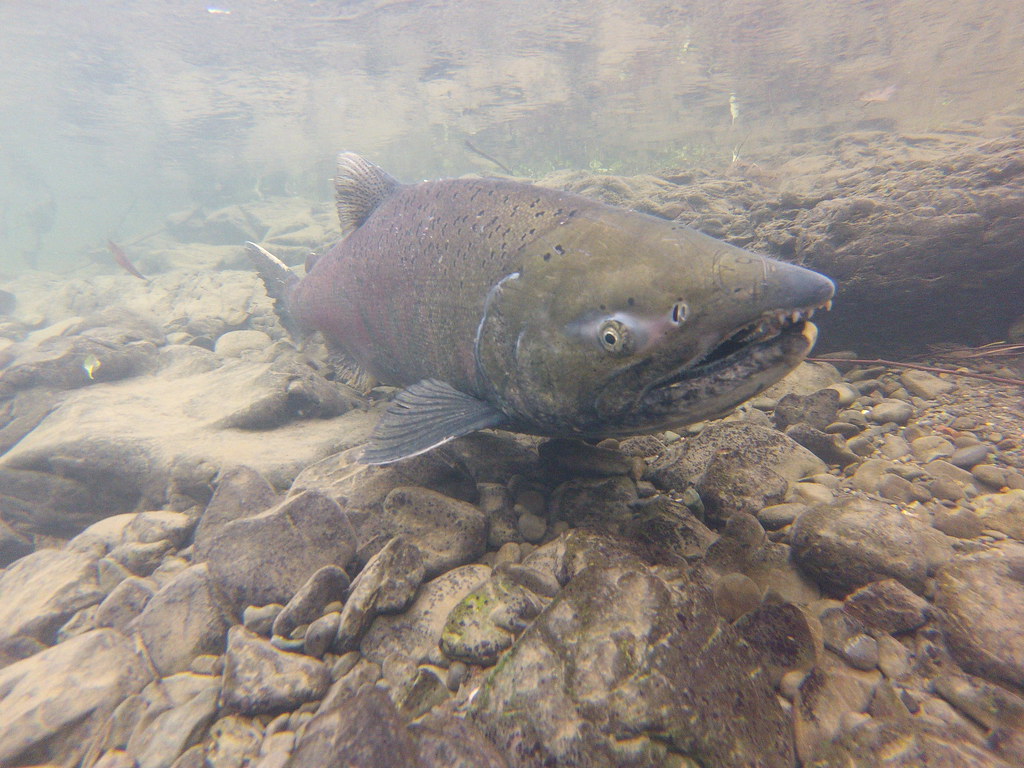
Chinook salmon. Image credit: California Sea Grant, Creative Commons
Arctic and red fox, American and European mink, sable, and ermine were all repeatedly introduced to the ecoregion in attempts to farm fur. These predators compete with otters and devour birds’ eggs wherever they are found. The ecoregion is under pressure from increased availability of helicopter access, off-road vehicles, and snow mobiles. Bear numbers have dropped due to hunting and poaching is a continuing issue. Illegal fishing threatens salmon populations, and seabirds are at risk from the drift nets used at sea and the expansion of ocean-based fossil fuel operations.
The priority conservation actions for the next decade will be to: 1) prevent illegal fishing of salmon species; 2); ensure planning and control of offshore oil and natural gas infrastructure, and 3) improve enforcement to prevent and stop poaching.
Citations
- Joint Research Centre of the European Commission. 2019. The Digital Observatory for Protected Areas (DOPA) Explorer 4: Kamchatka-Kurile Meadows and Sparse Forests. [Online]. [Accessed 27 November 2019]. Available from: https://dopa-explorer.jrc.ec.europa.eu/ecoregion/80603
- Krestov, P.V., Omelko, A.M. and Nakamura, Y. 2008. Vegetation and natural habitats of Kamchatka. Berichten der Reinhold-Tüxen-Gesellschaft. 20, pp.195-218.
- Kondratyev, A.Ya., Litvinenko, N.M. Shibaev, Y.V., Vyatkin, P.S. and Kondratyeva, L.F. 2000. The breeding seabirds of the Russian Far East. In: Kondratyev, A.Ya., Litvinenko, N.M., Kaiser, G.W. eds. Seabirds of the Russian Far East. Ottawa: Canadian Wildlife Service, pp.37-82.
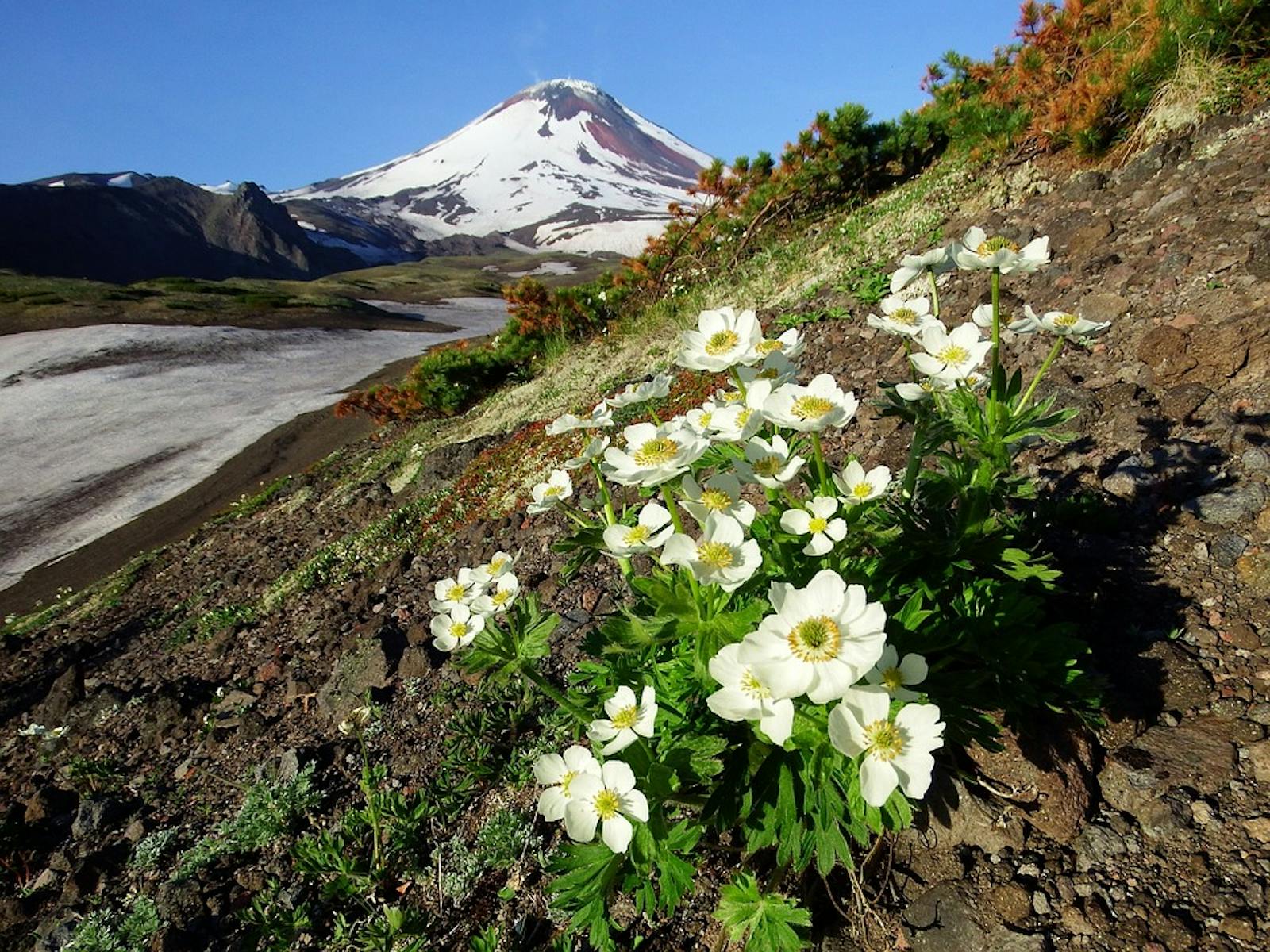

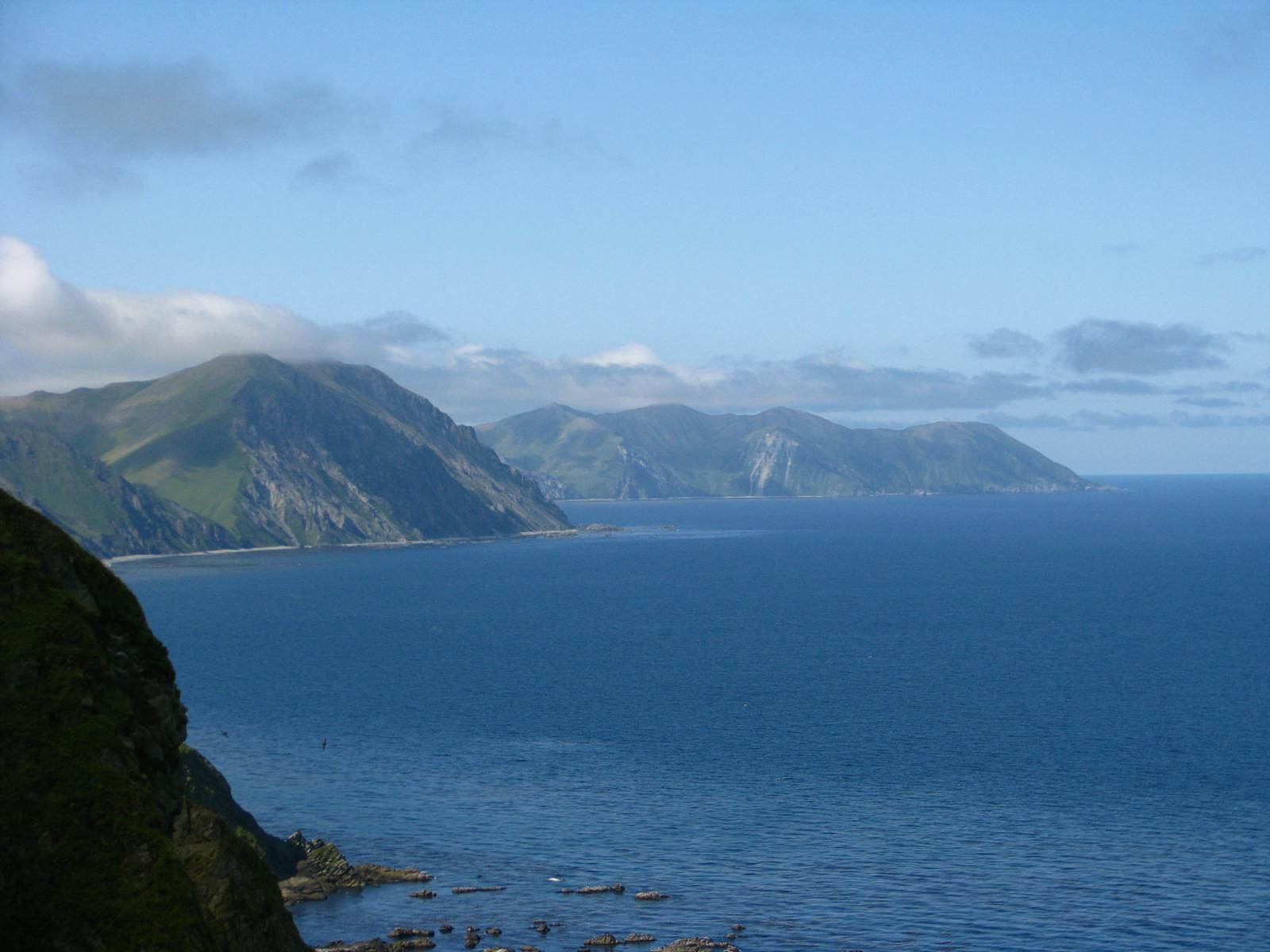
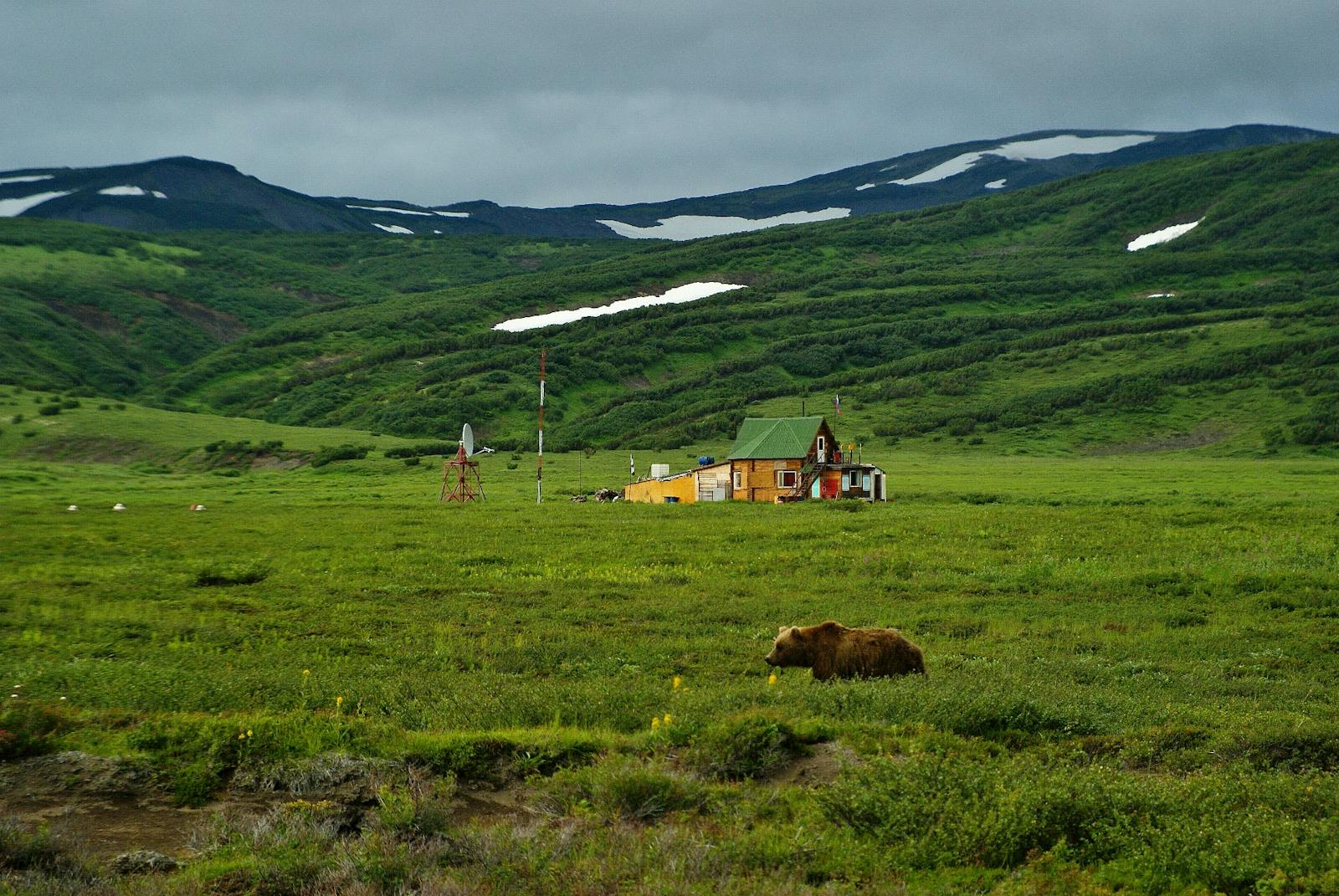
.png?auto=compress%2Cformat&w=300)

